Michael Power takes an academic look at how risk analysis has become risk management since the 1990s and how the present demand for greater business accountability is turning risk management into risk governance. The ideas in the book are solid, and not as opaque as Power’s academic argot (“managerialization,” “scientificity,” “scientization”) may make them seem. Constant explanations of detailed studies and risk models become somewhat complex for the general reader, but getAbstract recommends this informed and informative analysis to risk management professionals and professors who will appreciate Power’s depth of knowledge.
How Can You Organize Risk?
From a practical standpoint, risk management often involves quantifying risk and creating precautionary controls. As all risk managers know, however, some precautions don’t work. In fact, shareholders and companies pay dearly when employees circumvent internal risk controls. For instance, Barings Bank is one of many companies that failed because rogue employees embraced unbearable levels of organizational risk. Ineffective internal controls compound other types of peril. Today, business leaders need a set of best practices for managing risk. This poses several challenges. First, respected experts on risk management differ even in their definitions of the subject. Risk has become an active field for academic research, and many risk theories remain open to debate and contrary views.
One major contemporary change is that analysts no longer view risk as a wholly negative property that companies must minimize whenever they encounter it. In fact, if you run a business, much of its value may flow from your expertise in managing and exploiting its risks to reward your customers and your shareholders. However, concern about risk has grown along with...
Michael Power is a professor at the ESRC Centre for Analysis of Risk and Regulation and the London School of Economics. A fellow of the Institute of Chartered Accountants in England and Wales, he writes frequently about accounting and risk management.










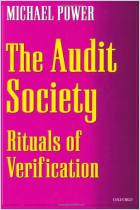
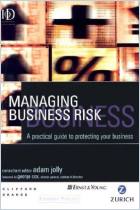
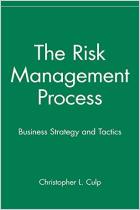
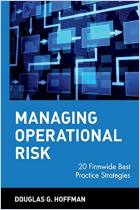

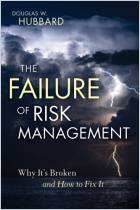
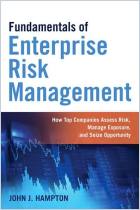



Comment on this summary or Diskussion beginnen